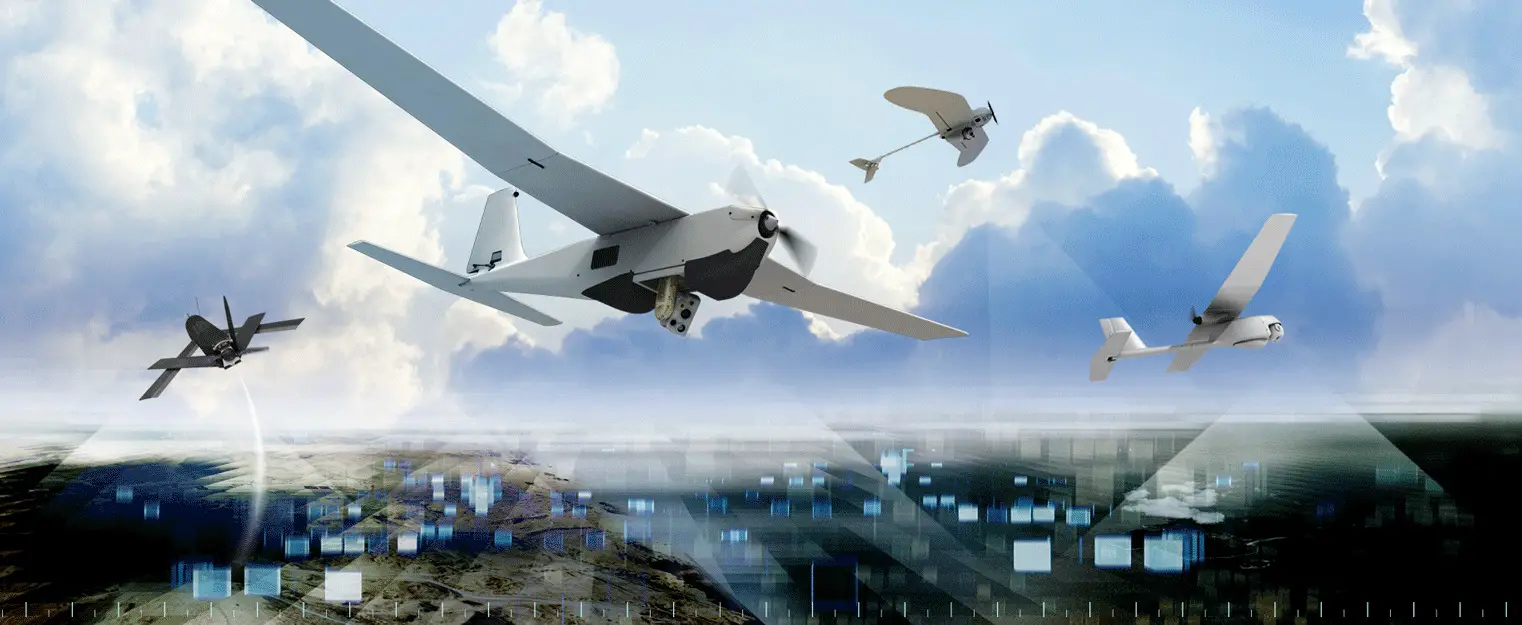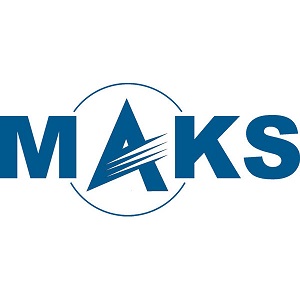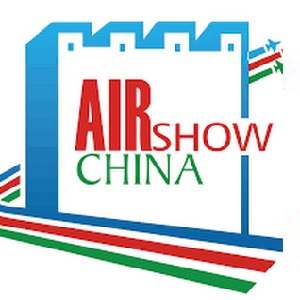Kratos receives $4.9 million contract to develop THREAT System to evaluate electronic warfare and high powered microwave system capabilities to defeat UAS systems.
 AeroVironment’s RAVEN - Small UAS on the battlefield gives rise to urgent needs for evaluation, simulation and training (Picture source: AeroVironment)
AeroVironment’s RAVEN - Small UAS on the battlefield gives rise to urgent needs for evaluation, simulation and training (Picture source: AeroVironment)
Kratos Defense & Security Solutions announced on May 15 that the Kratos Defense & Rocket Support Services (KDRSS) Division has been awarded a $2.2 million base contract, $4.9 million total contract value with options, to develop and demonstrate a Tethered High-power-microwave Recorder and Electronic Attack Target (THREAT) system for the Test Resource Management Center (TRMC) Test and Evaluation (T&E) Science and Technology (S&T) and the US Army Program Executive Officer for Simulation, Training and Instrumentation (PEO STRI) in Orlando, Florida. The THREAT system will be used to evaluate High Power Microwave (HPM) system capabilities necessary to defeat small Unmanned Aircraft Systems (sUAS).
Electrically-driven sUAS are an emerging battlefield threat capable of carrying surveillance, communication and weapon payloads. These systems are hard to visually detect and their low radar cross section make them difficult to locate with instrumentation. Consequently, sUAS are challenging to defeat using kinetic warheads or laser-based systems. To improve counter-sUAS capabilities the Department of Defense (DOD) is evaluating electronic jamming and HPM systems. The Kratos THREAT system will be HPM hardened and used to monitor and record test environment emissions data. Development work under this contract will be performed at Kratos facilities in Huntsville, AL.
Dave Carter, President of the Kratos Defense & Rocket Support Services (KDRSS) Division, said, "This recent contract award is an important milestone in advancing our commitment to provide advanced technology hardware and services. This work aligns well with our strategic plan to expand our efforts related to Directed Energy Technologies. We are very pleased that the TRMC T&E S&T program and the US Army PEO-STRI are allowing us to serve them in this capacity."






















